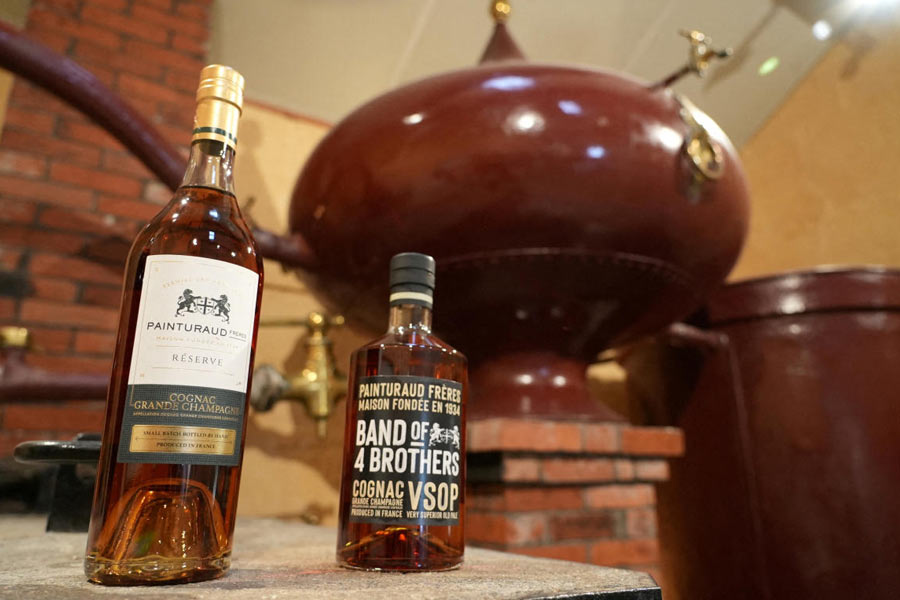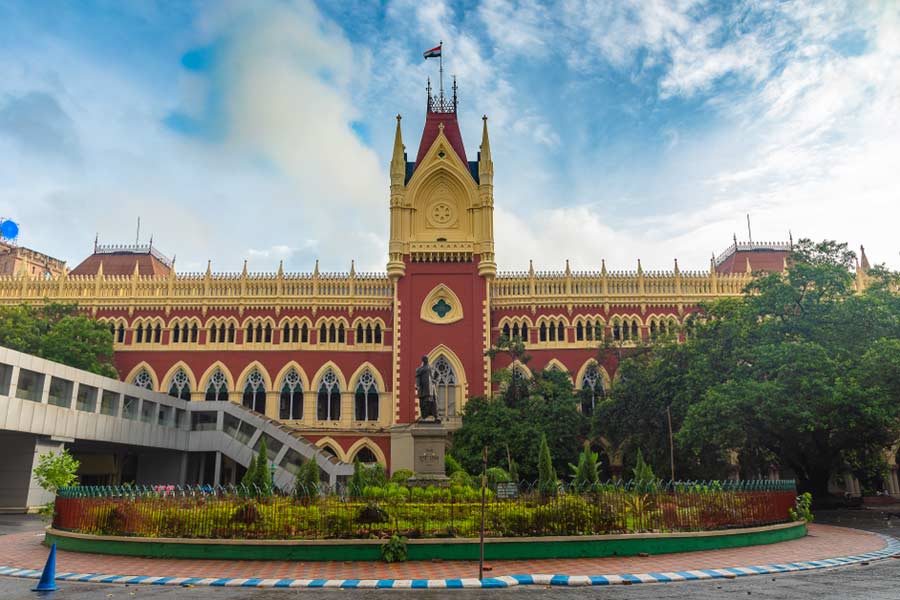|
|
| That way often not taken |
amitchaudhuri@hotmail.com
A man from the BBC asked me to show him my “favourite parts of Calcutta”; this was towards a year-end programme on cities of the world. The idea was to locate me in the whirl of the very street I was talking about, and catch the sounds on tape; the sort of verisimilitude that the radio used to be so good at before the chatter of the small screen entered the household.
I decided to take him to the north, beyond Mahajati Sadan, into a tiny lane on the left whose entrance was signposted, coincidentally for those about to make a programme for the radio, by a shop called Betar Mahal, a place for “wireless” repairs. This was not one of my familiar worlds; every time I came here, I would be partly appalled and partly wonder-struck. I could have taken him to the area in Bhowanipur I had written of so often in my fiction; but that would have been too easy. Even the appeal of that street in South Calcutta had been deceptive. The first Bengali readers of my first novel had been convinced it was set in North Calcutta. I had gradually realized that it was not a sense of home I was trying to articulate in my writings, as I had earlier thought I was, but a sense of elsewhere.
Instead of turning left at Betar Mahal, we turned into the lane before it, which led straight to Mullickbari, the Marble Palace. This was part of my reason for coming here: this strange house. It was a house — if you could call this immense, uncommunicative building a “house” — whose existence I’d been unaware of on my many visits to this city as a child. When I heard of it later, I felt no curiosity about it. It was only after I moved to Calcutta in 1999, and made my wife’s childhood a sort of guide to my new life in the city, that I began to visit cemeteries and places in her company that I’d never known before, the Marble Palace among them. Apparently a mamima had once said to her when she was a schoolgirl, “What, you’ve never been to Mullickbari?” and dragged her off to see it.
My companion from the BBC nodded and said (he is a Bengali), “It’s only after people leave Calcutta that they think of seeing the Marble Palace.” This sounded like an indisputable bit of wisdom and a shrewd piece of analysis; and, if it were true, I wondered why it might be so. My interlocutor, who had grown up in Calcutta and knows it far better than I do, had never seen the Marble Palace himself.
After parking the Maruti Omni in the shadow of the great mansion, and promising largesse to the spear-bearing darwan (the spear not so much an instrument of defence, apparently, as a talisman decreed by the family), we walked straight from the gates of the palace to the CIT buildings, about a five minutes’ walk away. This was my other reason for coming here: the dreary block of flats on the left, arrived at by a narrow lane ending at the Marble Palace on one end, with petty traders and labourers and their families, most of them fourth-generation migrants from North India, on either side. Many of them were interested in the interview; in fact a toothless rickshaw-wallah, reclining on his rickshaw, pouted and demanded to be questioned.
In the CIT buildings lived my mother’s childhood friend and her older sister; both of them unmarried, both retired schoolteachers. From my own childhood onwards, every visit to Calcutta entailed an excursion to these buildings, to meet these charming and humane women — now ailing in body and spirit — who had lived here with their brother, then their brother, sister-in-law, and their four children, and are now alone. I thought of the women as displaced people, and I said so to my interviewer (watched by four children who, noting the mike, had asked my companion if he would deliver a bhaashan); and I wondered why I thought they were. They had lived in the small flat, after all, for forty six years. What made me think this was not their home? Was it the fact that they were still tenants, and did not own the flat, or was it the women’s personal sense of exile, which they expressed continually, their sense of having been uprooted by Partition from Sylhet? What would it take to make the CIT buildings and the dirty, crowded lanes outside feel, after forty six years, like home?
From where we stood, before the gates to the CIT buildings, studied by Rajasthani children, we could see the Marble Palace. If this had been a television interview, it would have made a good, if paradoxical, frame, the corridor-narrow lane telescoping toward the mid-nineteenth-century mansion at its end. My mother’s friend, I know, has never been to the Marble Palace. Perhaps, like the Bengalis my companion had been talking about, she needs to make an infinitely longer journey before she can make this relatively simple one. How do we measure distance, or define location? How do we know when something is part of “our” history, or choose what is foreign to it? Is history actually accessible to us, and do we decide when to deny it; or does it create a distance sometimes that makes the path towards it impossible to traverse? All the routes to the Marble Palace are wayward ones; and some journeys have not been made at all.
I am reminded of Amina, the mother in Naguib Mahfouz’s novel, Palace Walk, who, one day, makes an excursion to a famous mosque in Cairo in the company of her son. Amina’s life is contented but constricted; it revolves around the patriarch who is her husband, and her children. She seldom steps out; it is as the patriarch wishes. The novel is inflected, implicitly, by what she can’t see but must imagine herself located in, or close to: the coffee-houses and shops her husband visits; Cairo and its alleys; the mosque that, through its muezzin, is at the centre of her life. One day the son exhorts her to “have a look at a little of the district you’ve lived in for forty years but never seen”.
The journey, the pilgrimage to “the shrine of al-Husayn”, is like an adventure, a minor act of transgression for the woman. It ends in a small disaster; Amina is hit by a taxi and breaks her leg. Mahfouz has confessed his admiration for Proust; and his narrative of the mosque is a rewriting of Proust’s account of the church steeple in Combray in Swann’s Way: “Saint-Hilaire’s steeple, so slender and so pink that it seemed to be no more than scratched on the sky by the finger-nail of a painter…” It was this steeple that provided a definition of locality to the narrator’s childhood, “that shaped and crowned and consecrated every hour of the day, every view in the town.”. The vehicle for these airy ruminations is, however, an insomniac who compares himself, early on, to an invalid who finds it difficult to sleep or wake (Proust suffered from chronic asthma). The pain of the invalid, the simultaneous excitement and difficulty of movement, the transcendence offered by history and its monuments: these elements in Swann’s Way permeate Mahfouz’s description of the mosque, Amina’s journey, and her accident. My mother’s friend, too, is now a near-invalid, stricken by osteoarthritis; the physical dimensions of a journey are no longer, for her, a cause for pleasure.
We went, later, into the interior of the extraordinary mansion; more largesse was promised to the numerous attendants. There is a small cottage industry of attendants in the palace; and, inside, among the splendid items of nineteenth-century kitsch that populate this once emphatically nouveau riche Bengali household, is the Rubens I had told my companion about, and which we had come to quickly investigate. I thought of what a fourteen-year-old American cousin had said to me on a previous visit here: “It’s like Miss Havisham’s house!” Was it Pip’s terror she was expressing, that feeling of hesitation and uncertainty that descends on us in certain places in the first stage of life’s long journey?











